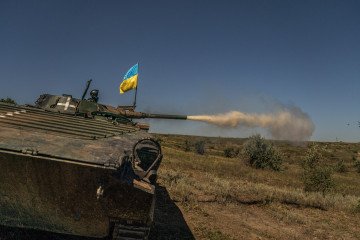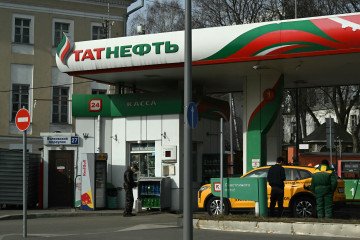- Category
- Latest news
How Russia Stole Almost 40 Strategic Bombers From Kazakhstan—and Got Away With It
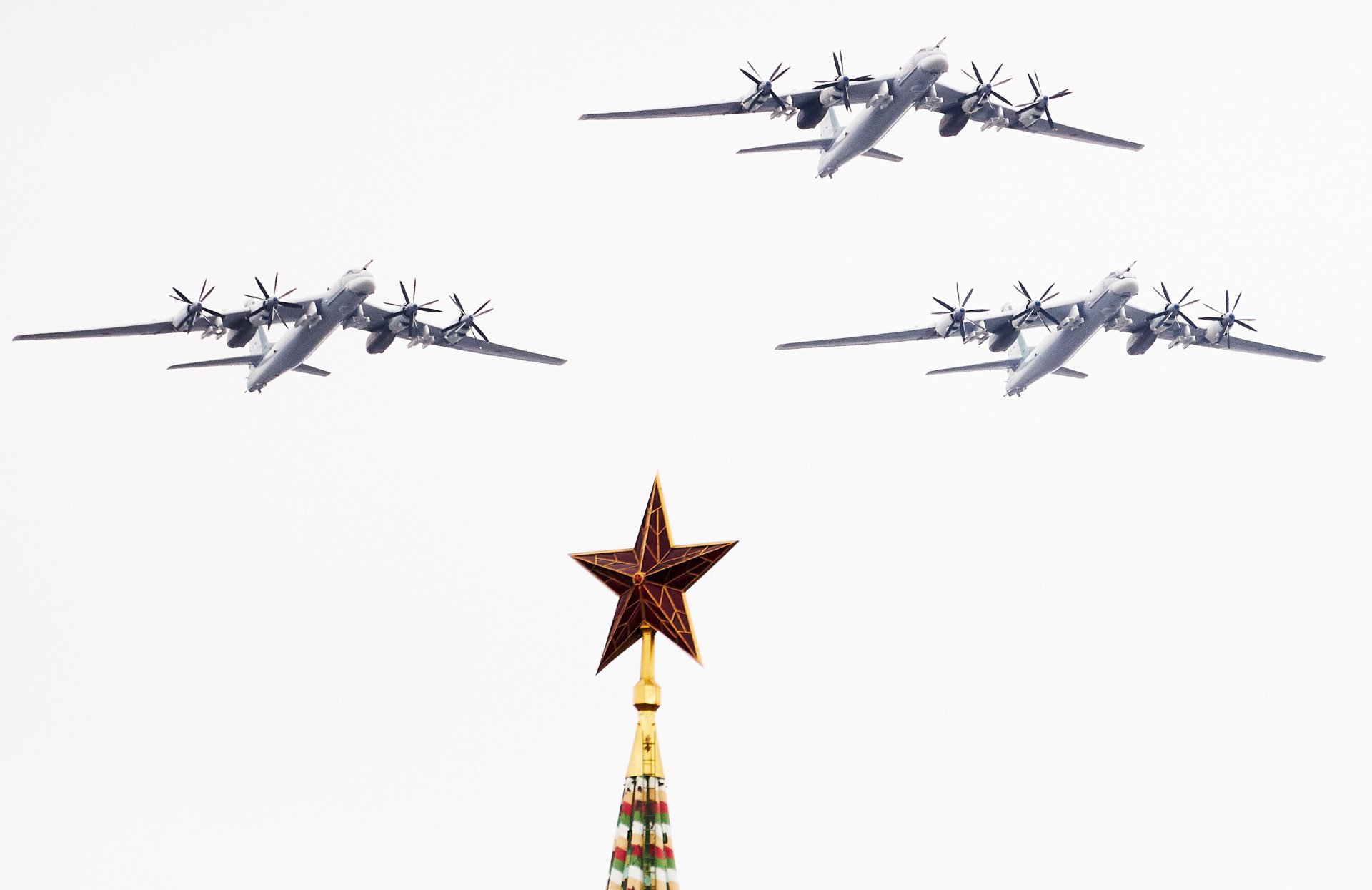
Russia’s core fleet of Tu-95MS long-range strategic bombers—still in service today—wasn’t built entirely at home or acquired through formal agreements, it was largely stolen.
According to open-source data and aviation historians, Russia covertly stole up to 40 Tu-95MS bombers from Kazakhstan—more than 1.5 times the size of Russia’s operational fleet at the time—using a scheme that involved aircraft swaps, bureaucratic manipulation, and Cold War-era inertia, Ukrainian defense outlet Defense Express reported on May 6.
While the 1999 transfer of Ukrainian bombers and cruise missiles to Russia in exchange for gas debt often draws public attention, a far larger and lesser-known heist took place in 1992.
What makes this theft even more audacious is how well Russia covered its tracks.
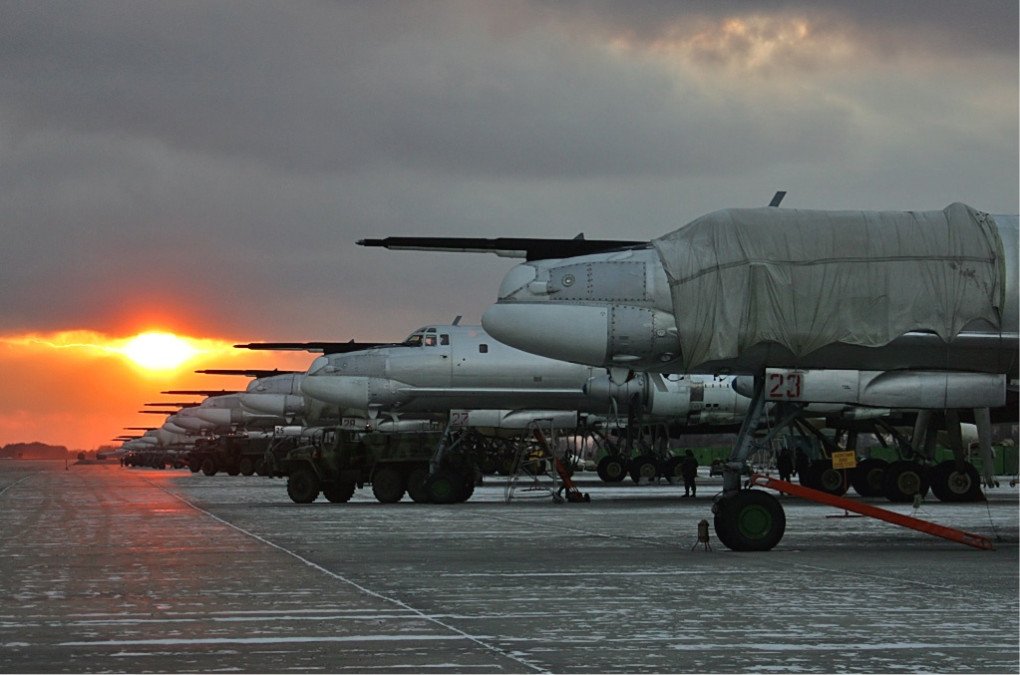
Why Kazakhstan?
The Soviet Union’s collapse in 1991 scattered its military assets across newly independent states. At the time, the Tu-95MS—a nuclear-capable strategic bomber—was no longer being produced.
The last one rolled off the line at the Kuibyshev Aviation Plant in February 1992, leaving Russia unable to replenish or expand its fleet by manufacturing.
At that moment, Kazakhstan unexpectedly found itself in possession of the largest Tu-95MS fleet in the world: 40 aircraft.
Of these, 27 were MS-16 variants capable of carrying cruise missiles externally, and 13 were MS-6 variants with internal-only missile bays. In comparison, Russia’s Air Force had only 22 to 27 Tu-95MS bombers, alongside 45 older Tu-95K-22s and 7 training versions of the Tu-95K.
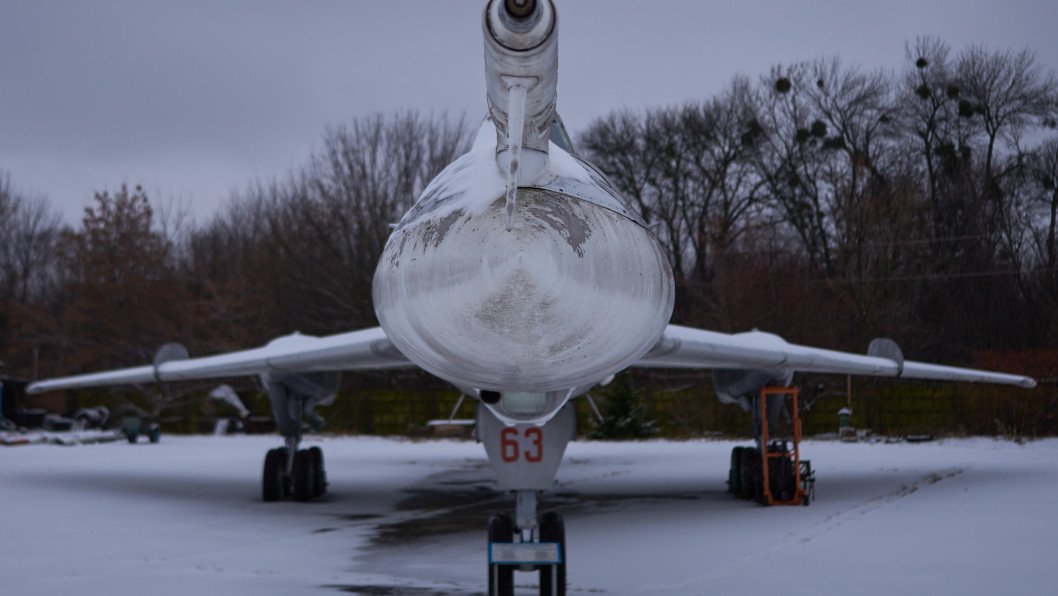
Kazakhstan’s Tu-95MS bombers were part of the 79th Heavy Bomber Aviation Division based at Semipalatinsk-2 (also known as Chagan), a Cold War-era base that is now abandoned.
Crucially, Kazakhstan’s new government lacked full control over its inherited Soviet strategic aviation assets—an opening that Russia exploited.
How the heist worked
In broad strokes, Russia exploited Kazakhstan’s inexperience, as well as residual Soviet military coordination, to pull off the scheme. Both Russian and Kazakh bomber crews were still conducting joint training flights in early 1992, flying between Semipalatinsk-2 and airfields like Ukrainka, based in the Russian Far East.
When Kazakh Tu-95MS bombers landed in Russia for training, Russian crews returned older Tu-95K aircraft to Kazakhstan in their place—counting on the loyalty or confusion of Kazakh personnel to smooth over the swap. By the time Kazakhstan’s military leadership realized what had happened, it was too late to reverse the exchange.
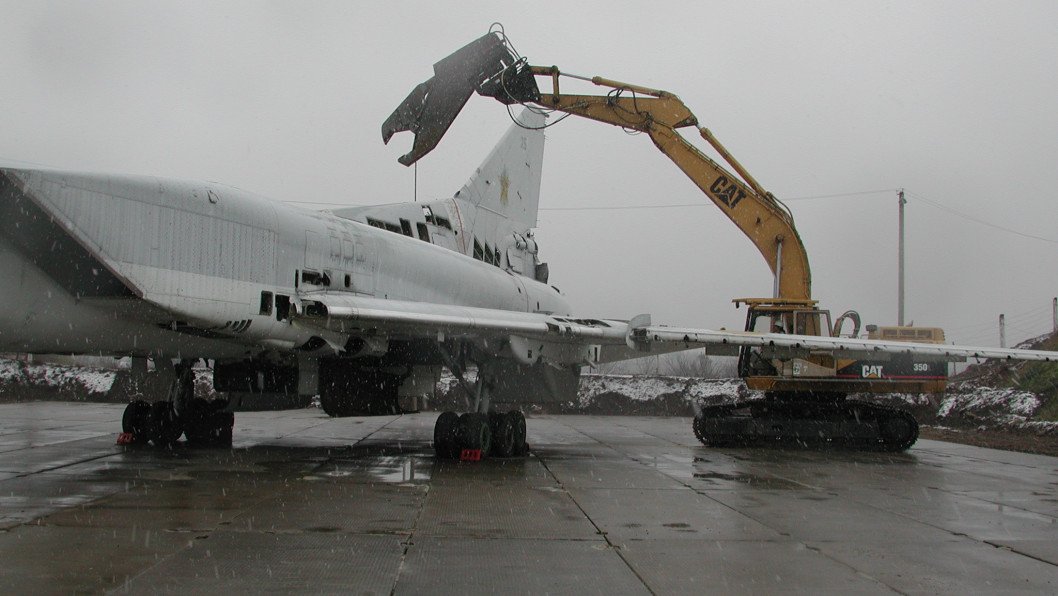
Another version is even simpler: Kazakh Tu-95MS bombers flew to Russia as scheduled, but Moscow simply never allowed them to return. In this case, there was no need to orchestrate a swap; Russia just held onto the aircraft once they were inside its territory.
Russian sources claim that only 16–18 Tu-95MS bombers were taken from Kazakhstan in the February–March 1992 timeframe. But this raises a critical question: when and how were the other 22–24 aircraft taken? There are no clear records of the remaining planes, and no clarity on whether Kazakhstan received older Tu-95K or Tu-95K-22 aircraft in return.
It’s also unknown what Kazakhstan eventually did with the aircraft it may have received in exchange—whether they were scrapped, stored, or integrated into pilot training programs.
Strategic theft without consequences
This case reveals how Russia acquired the foundation of its current strategic bomber force—not through production or treaty, but through deception and post-Soviet opportunism.
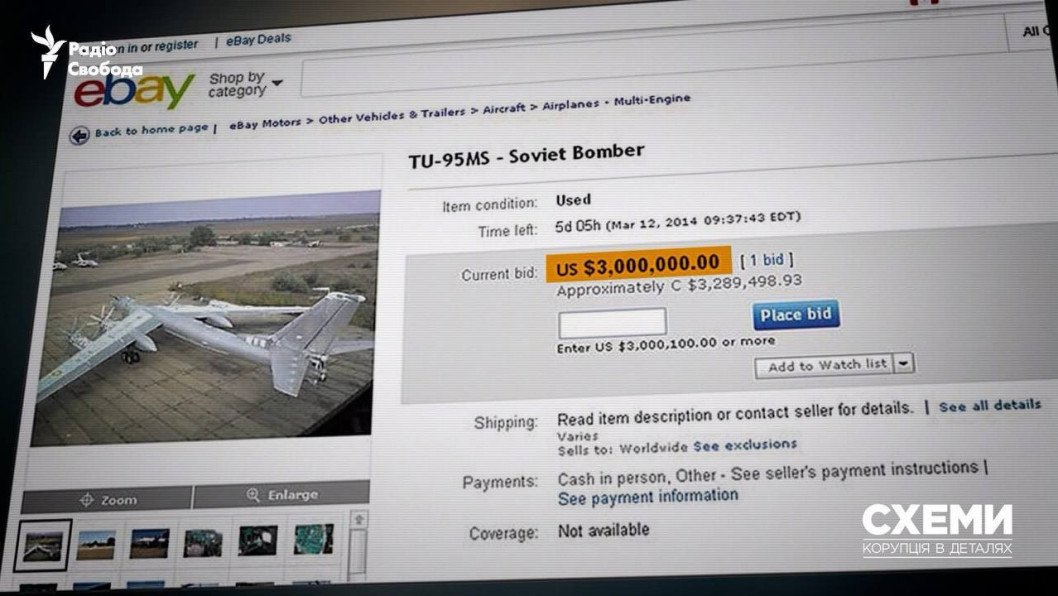
Despite the scale of the theft, Russia has faced no consequences. Instead, the stolen Tu-95MS bombers remain active today, forming a key part of Russia’s long-range nuclear strike capability—one quietly built on a Cold War-era betrayal.
Now, Russia extensively use these bombers to conduct ballistic missile strikes on Ukraine since the start of the full-scale invasion in 2022.
Earlier, reports emerged that Russia’s army is actively deploying Ukrainian strategic bombers that Kyiv handed over to Moscow in 1999 in exchange for clearing Ukraine’s debt for imported Russian gas.
According to the available information, at least 6 of the transferred Tu-160 bombers remain in active service with the Russian military.
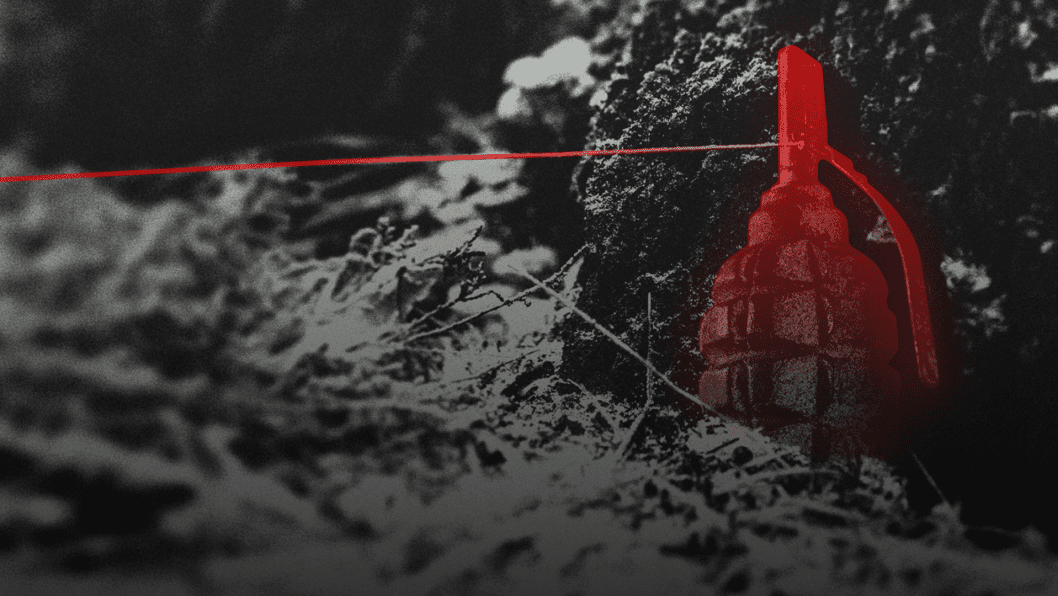

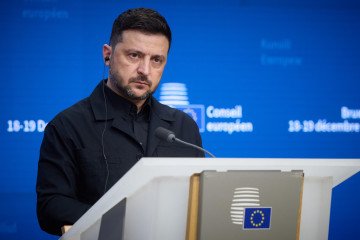


-72b63a4e0c8c475ad81fe3eed3f63729.jpeg)
